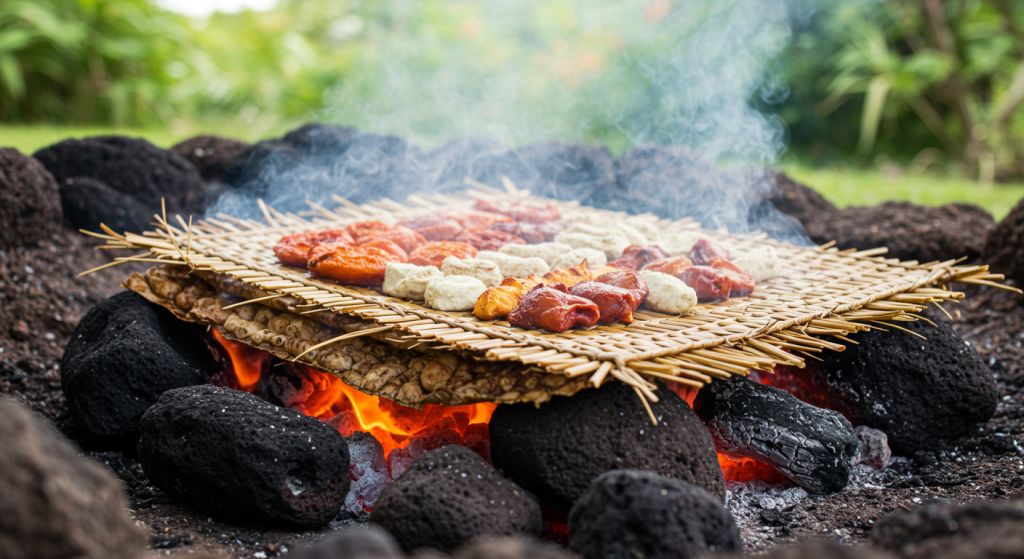
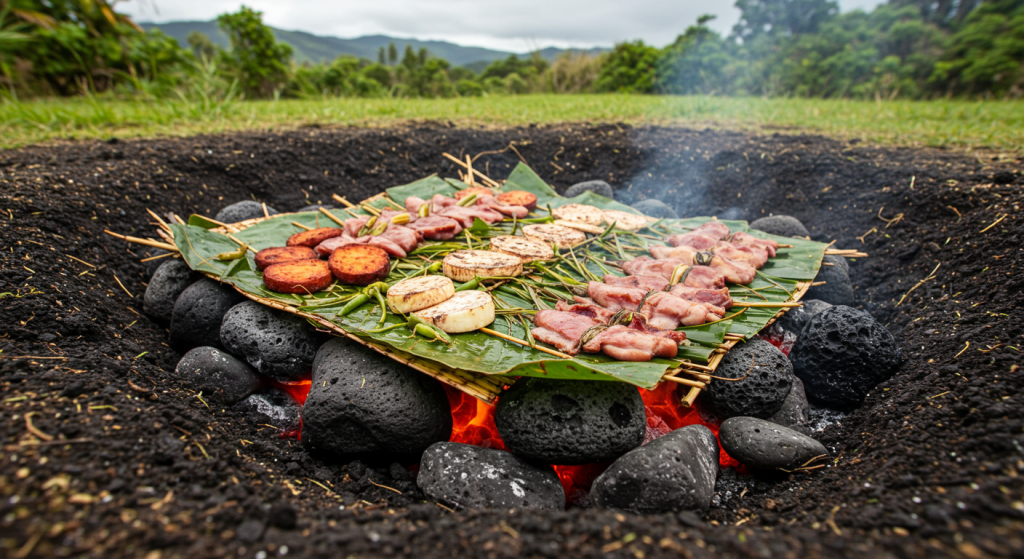
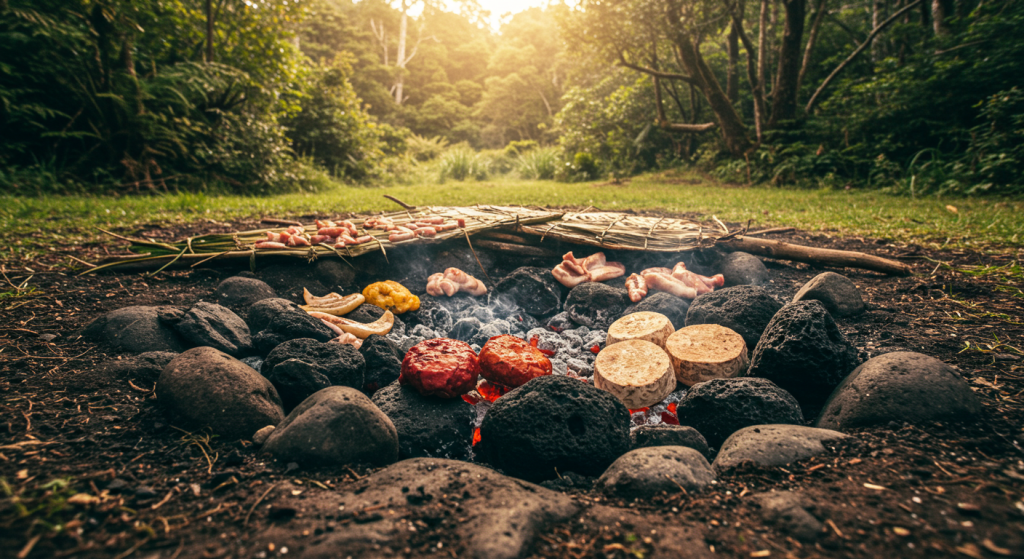
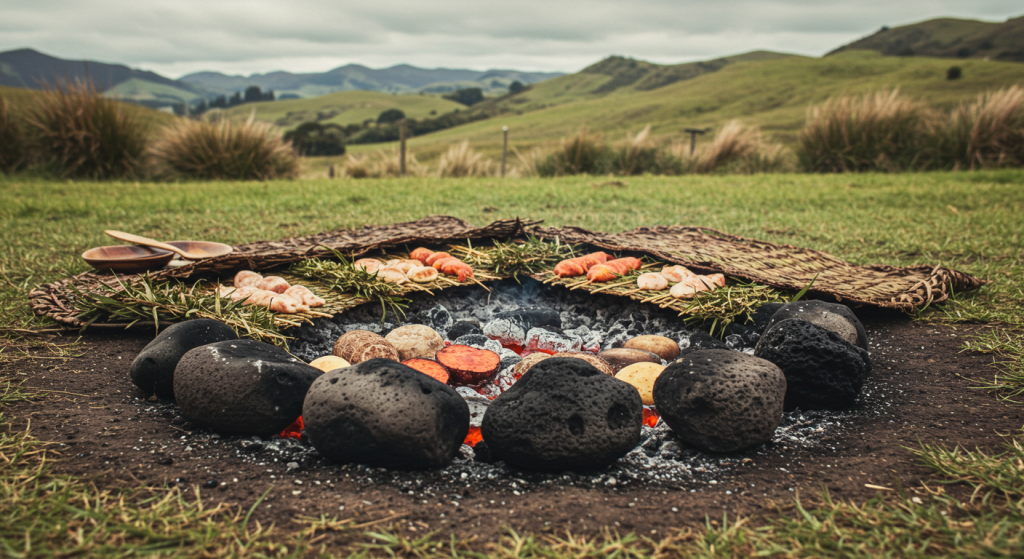
Hangi is not just a cooking method; it’s a cultural experience that speaks to the heart of New Zealand’s Māori heritage. This traditional cooking technique involves the use of heated volcanic stones in an underground pit oven, resulting in a unique flavor and texture that can’t be replicated by modern methods. As we explore the rich details behind this method, it’s easy to see why it holds a cherished place in both the history and culinary landscape of the nation.
At its core, Hangi embodies the essence of communal cooking. Traditionally, this method was used for feasts, gatherings, and celebrations. The process begins with digging a sizable pit in the ground, where the heated volcanic stones are placed. These stones, heated until they glow red, act as a natural oven, evenly cooking the food while infusing it with earthy flavors. A variety of ingredients can be used, including meats like chicken, lamb, and pork, as well as root vegetables such as kumara (sweet potato), potatoes, and pumpkin. The combination of food choices allows for a rich and diverse banquet that showcases the region’s bountiful produce.
The preparation of Hangi is a labor of love. It typically takes several hours, but the result is well worth the wait. Once the pit is ready, layers of green leaves, often from the native plant ti kouka (cabbage tree), are placed over the stones to create a barrier that retains heat and moisture. The marinated meats and vegetables are then arranged on top of the leaves, which helps to keep them from direct contact with the rocks, allowing them to steam gently in the underground environment.
Once the food is placed, the pit is covered with earth to trap the heat inside. It’s essential to keep the pit tightly sealed as it cooks for several hours. Traditionally, the food is left to cook for about three to four hours, but variations in size and type of food may change the cooking time. While waiting, there is an opportunity for socializing, storytelling, and sharing the excitement of the imminent feast, which is as much a part of the experience as the meal itself.
When the cooking process is complete, the moment of unveiling is nothing short of dramatic. The topsoil is carefully removed, and the dense steam rises from the pit, releasing scrumptious aromas that tantalize the senses. The sight of tender, succulent food, infused with the unique taste of the earth and stones, is a true testament to the tradition. The flavors of Hangi are inspired and deeply rooted in nature — a celebration of the land and its offerings.
In modern times, Hangi remains popular for significant celebrations and gatherings, with many restaurants and catering companies offering this experience. It continues to connect people to their cultural heritage, as well as to each other, providing a shared meal that strengthens bonds among family and friends.
Whether you’re a local or a visitor to New Zealand, participating in a Hangi is a captivating way to engage with the Māori culture and experience a traditional method of cooking that brings communities together. It’s a reminder of the beauty of simple cooking techniques and the delicious rewards they can yield, all steeped in rich traditions that echo through the ages.
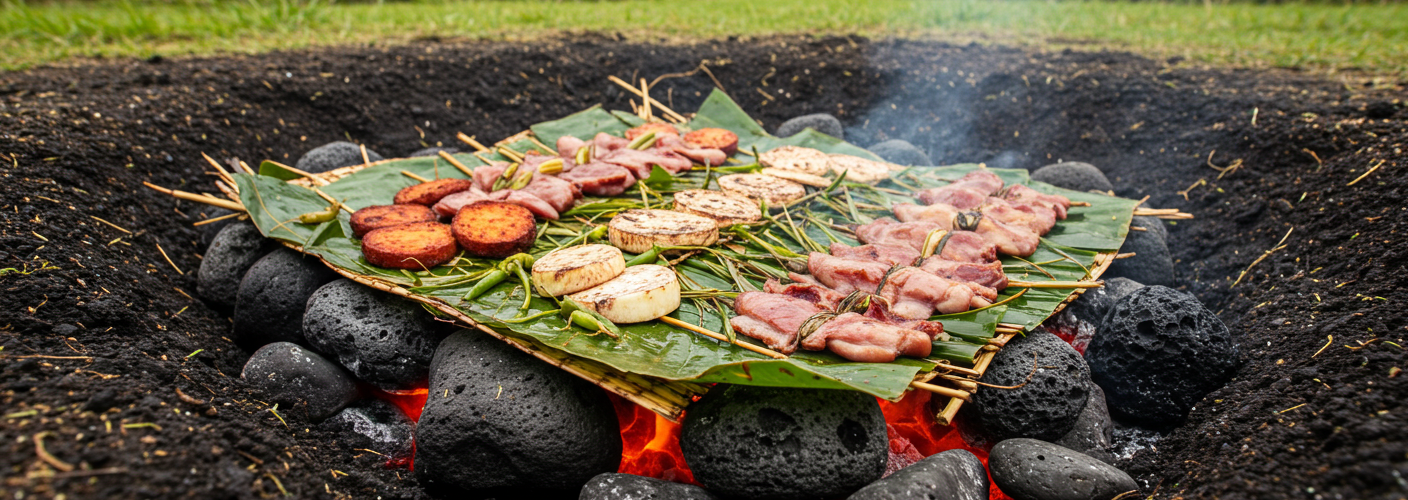


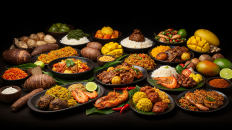
Add comment